Creating the Best Mark
WHAT CAN FUNCTION AS A TRADEMARK? A trademark may be defined as a word, term, name, symbol, device, picture, design, numeral, monogram, abbreviation, acronym, slogan, phrase, color (yellow for ironing board covers), a sound combination (the Avon doorbell, NBC chimes of yesteryear), label, container (the shape of the Coca Cola bottle), package, product shape (Goldfish crackers, LifeSaver candy), geographical name, grade designation, or any combination of these, as well as fragrances and number combinations like telephone numbers or domain names. Apart from generic terms, (defined below) trademarks can consist of almost any conceivable subject matter.
DISTINCTIVENESS AND TRADEMARKS: Not all marks qualify for legal protection in court or for trademark registration. Only those which are distinctive will be protected. Under the statutory definition of "trademark", the word, term, name, symbol or device must be used or intended to be used "to identify and distinguish" the goods of the trademark owner from those offered, manufactured, or sold by others, and the mark should indicate the source of the goods. The use must, above all else, distinguish.
DISTINCTIVENESS TRANSLATES INTO PROTECTION
Here is the trademark equation:
the greater the distinctiveness = the greater the scope of protection
A distinctive mark will protect against use by others of the same or a confusingly similar mark on the same products, on related products, and even on those which may be considered by some to be unrelated but which the public is likely to assume originate from the trademark owner.
LEVELS OF PROTECTABILITY
Trademarks may be ranked in the following categories - 1 is the best, 4 is the worst:
1. ARBITRARY or FANCIFUL = highly protectable
The most protectable, and thus best, form of trademark is the "coined," arbitrary or fanciful mark. These marks can often be recognized by their striking dissimilarity to other marks in a particular product field. They usually are invented, coined, meaningless designations which appear in no dictionaries and which convey no information about the products or their uses. Examples of fanciful word marks are EXXON, KODAK, XEROX, CITGO, DREFT and ZUBAN. Marks in this category can easily be combined with generic terms to form the complete mark, such as KODAK PAPER, DREFT DETERGENT, etc. Arbitrary marks are generally terms which have an understood meaning, but that meaning has no relationship to the goods or services being offered, such as APPLE for computers, PENGUIN for books, GUESS? for clothing.
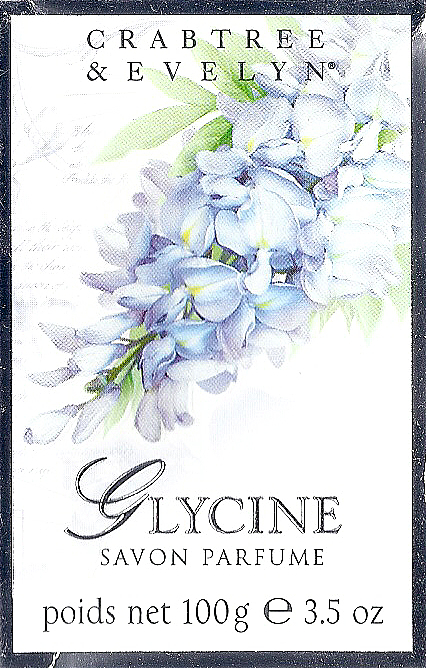

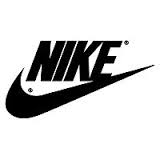
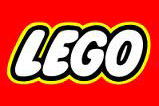
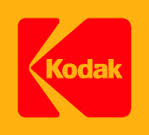
2. SUGGESTIVE = protectable
Such a mark suggests certain qualities, functions or uses of products but does not actually describe them. Examples of suggestive marks are BULLDOG for picture hangers, CATERPILLAR for tractors, DITTO for duplicating machines, IGLOO for coolers, GREYHOUND for bus services, and TALON for slide fasteners. A suggestive mark is an acceptable choice for a mark.
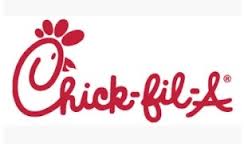
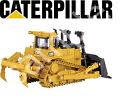
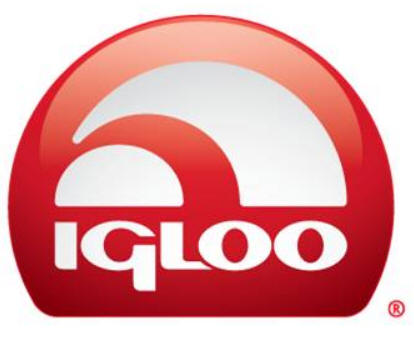


3. MERELY DESCRIPTIVE = may be, or become, protectable trademark in certain circumstances
A mark is considered merely descriptive if it describes an ingredient, quality, characteristic, function, feature, purpose or use of the specified goods or services. While descriptive marks can, under certain circumstances be accorded protection, many times there is a better choice that should be made (see first and second levels above). A merely descriptive mark may be denied protection for some of the following reasons: (1) to prevent the owner of a mark from inhibiting competition in the sale of particular goods, and (2) to maintain the right of merchants to speak freely about their goods and services and to inhibit infringement suits by the registrant against others who use the mark when simply describing their own products.
4. GENERIC = not protectable trademark
Terms like "bike", "clothes", "car", "food", "office" when applied to the goods/services of the same name are generic. The public views such names not as distinguishing the source of products, but rather as designating the products themselves. Generic marks should be avoided.



Efforts to avoid losing a trademark to genericness can look like this:
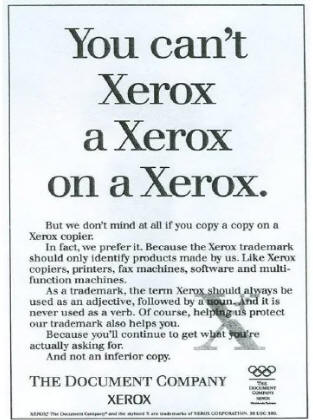
Article: 33 Tip & Tactics for Generating Names (by marketing and communications guru Steve Rivkin)















